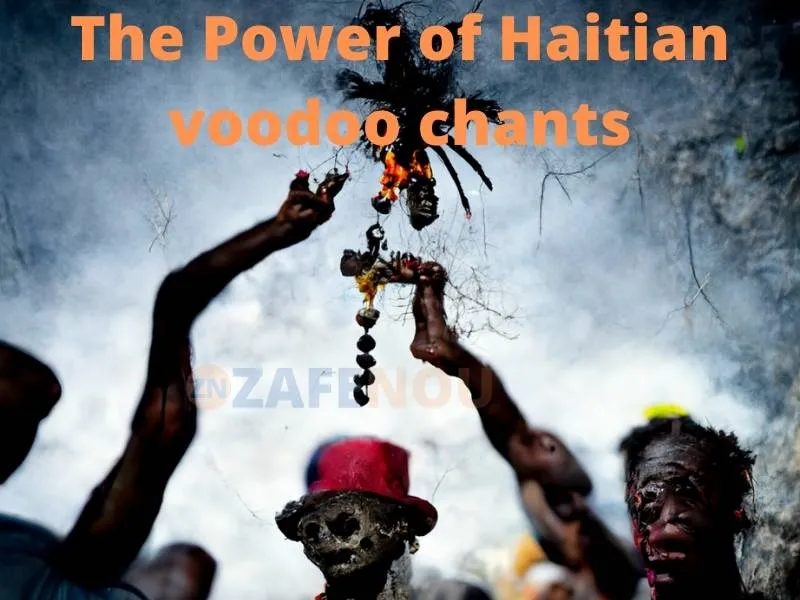The avian diversity of Haiti is truly remarkable, with ten bird species offering a glimpse into the unique and varied birdlife of the region.
From the striking plumage of the Hispaniolan Trogon to the endearing behaviors of the Narrow-billed Tody, these birds enrich the ecological fabric of the island of Hispaniola.
They inhabit diverse landscapes, from mountain forests to coastal beaches, showcasing their distinct behaviors, vibrant colors, and varied foraging habits.
Whether soaring through the skies or flitting among the trees, these birds stand as a testament to the beauty and diversity of Haiti’s avian inhabitants, inviting admiration and appreciation from bird enthusiasts and nature lovers alike.
Wanga Negès / Antillean Mango
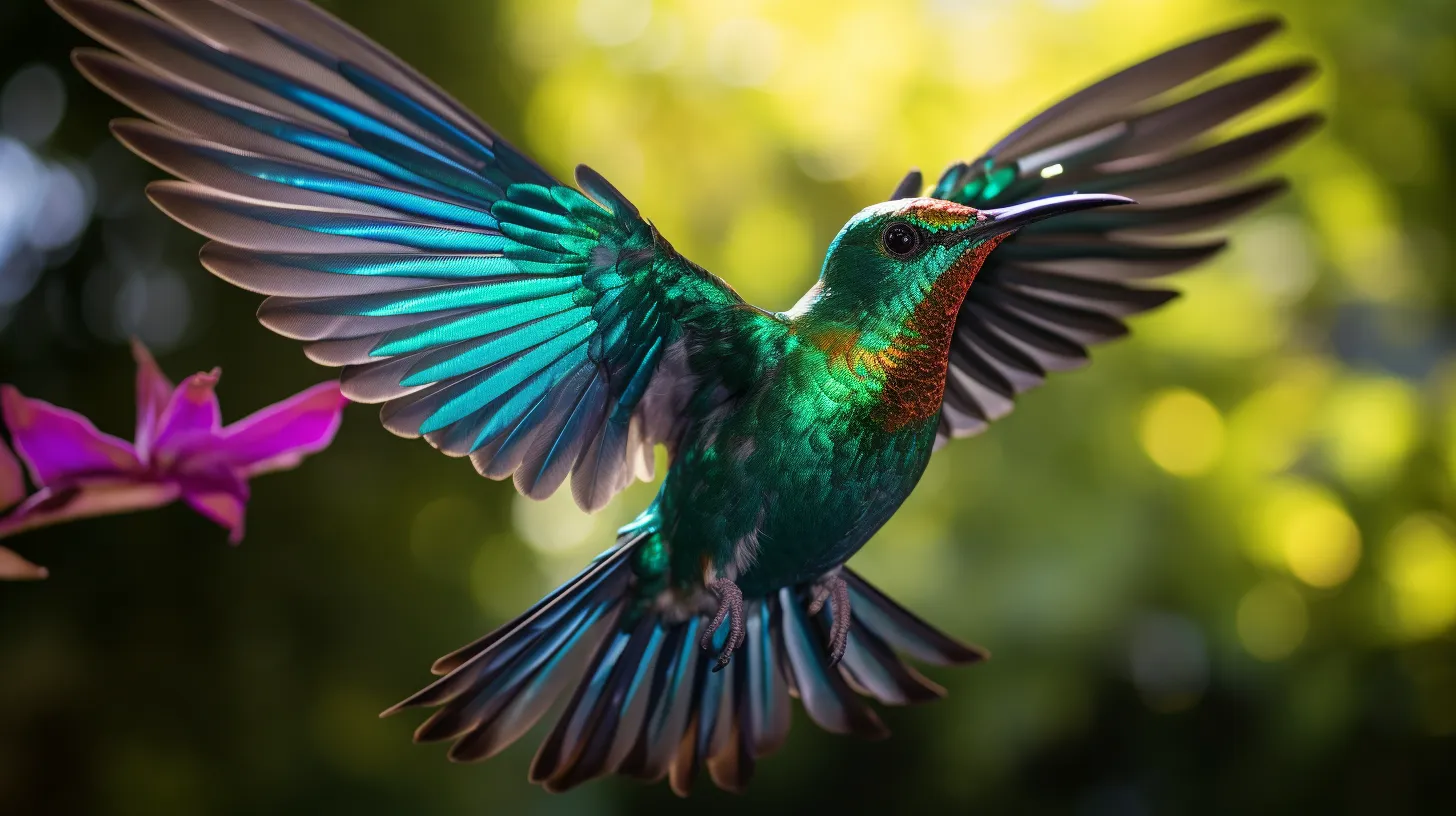
The Wanga Negès, also known as the Antillean Mango, is a relatively common hummingbird found in Haiti and the Dominican Republic. These vibrant birds are known for their striking iridescent plumage and distinctively large bill.
They can be found in a variety of habitats, from beaches to mountainous areas up to 2,500 meters in altitude. The migration patterns and habits of the Wanga Negès are fascinating, as they move between different elevations in search of food sources and suitable breeding grounds.
Conservation efforts to protect the Wanga Negès population are crucial, particularly due to habitat loss and potential disruptions caused by climate change. Initiatives such as habitat preservation, creation of protected areas, and community education are essential in ensuring the long-term survival of these stunning hummingbirds.
Ti Seren / Antillean Siskin

Carduelis Dominicensis, commonly known as the Antillean Siskin, is a small finch native to Hispaniola. This vibrant bird, with its yellow body and black hood, can be found in and near forest-like environments, particularly in pine forests at altitudes between 1600 and 9800 feet.
The males boast striking yellow-green backs, while the females have a more subtle yellow-green hue. The Antillean Siskin’s migration patterns are fascinating, as they move to lower elevations during the winter months.
Conservation efforts for this endemic species are crucial, especially due to the threat of habitat loss and deforestation. Protecting their forest habitats is essential for the preservation of this stunning bird species.
Ti Kòk / Greater Antillean Bullfinch

What distinctive features of the Ti Kòk / Greater Antillean Bullfinch, set it apart from other birds in the region?
The Ti Kk, also known as the Greater Antillean Bullfinch, stands out due to its striking appearance: bright orange-red eyebrows, throat, and vent against a black body. This distinctive coloration sets it apart from other birds in the region.
In terms of diet, the Ti Kòk primarily feeds on grains, fruits, flower petals, and molluscs. Contrasting this, the Mèl Dyab, or Greater Antillean Grackle, has a diet consisting of a wider range, including insects, small vertebrates, fruits, and seeds.
When it comes to mating behaviors, the Ti Kòk shows differences from the Kat-je Tét Nwa, or Black-crowned Palm Tanager. These behaviors are essential to understanding the ecological dynamics and biodiversity of the region.
Bannann Mi Fran / Hispaniolan Oriole

Endemic to Hispaniola, the Bannann Mi Fran, or Hispaniolan Oriole, stands out for its striking black overall color and vibrant yellow patches on its shoulders, rump, and under-tail coverts. This beautiful bird has captured the attention of conservationists and bird enthusiasts alike due to its unique nesting habits and the need for conservation efforts. Some of the most interesting aspects of the Hispaniolan oriole include:
-
Unique nesting habits involve the intricate weaving of plant fibers to create hanging basket-like nests.
-
Conservation efforts focused on preserving its natural habitat and protecting the species from threats such as deforestation and climate change.
-
A smaller size compared to the North American common blackbird, making it a fascinating subject for researchers studying island biogeography.
-
An important cultural symbol for the people of Haiti, with its presence on various islands in the region playing a significant role in local folklore and traditions.
The Hispaniolan Oriole’s conservation status and nesting behavior make it a captivating subject for researchers and conservationists.
Mèl Dyab / Greater Antillean Grackle

The Greater Antillean Grackle, known as Mèl Dyab, is a highly social bird native to the Greater Antilles. These grackles exhibit unique behaviors, often forming large, noisy, and gregarious groups near human habitation.
They are known for their bold and confident nature, often competing for food and territory with other bird species. The Mèl Dyab’s interactions with other bird species in its habitat are quite dynamic. They are often seen dominating feeding areas and competing with other birds for resources.
Despite their aggressive behavior towards other species, they also engage in cooperative foraging with other grackles, displaying a complex social structure within their own species.
The Mèl Dyab’s social behaviors and interactions with other bird species make it a fascinating and integral part of the avian community in the Greater Antilles.
Ti Tchit Kou Jòn / Cape May Warbler
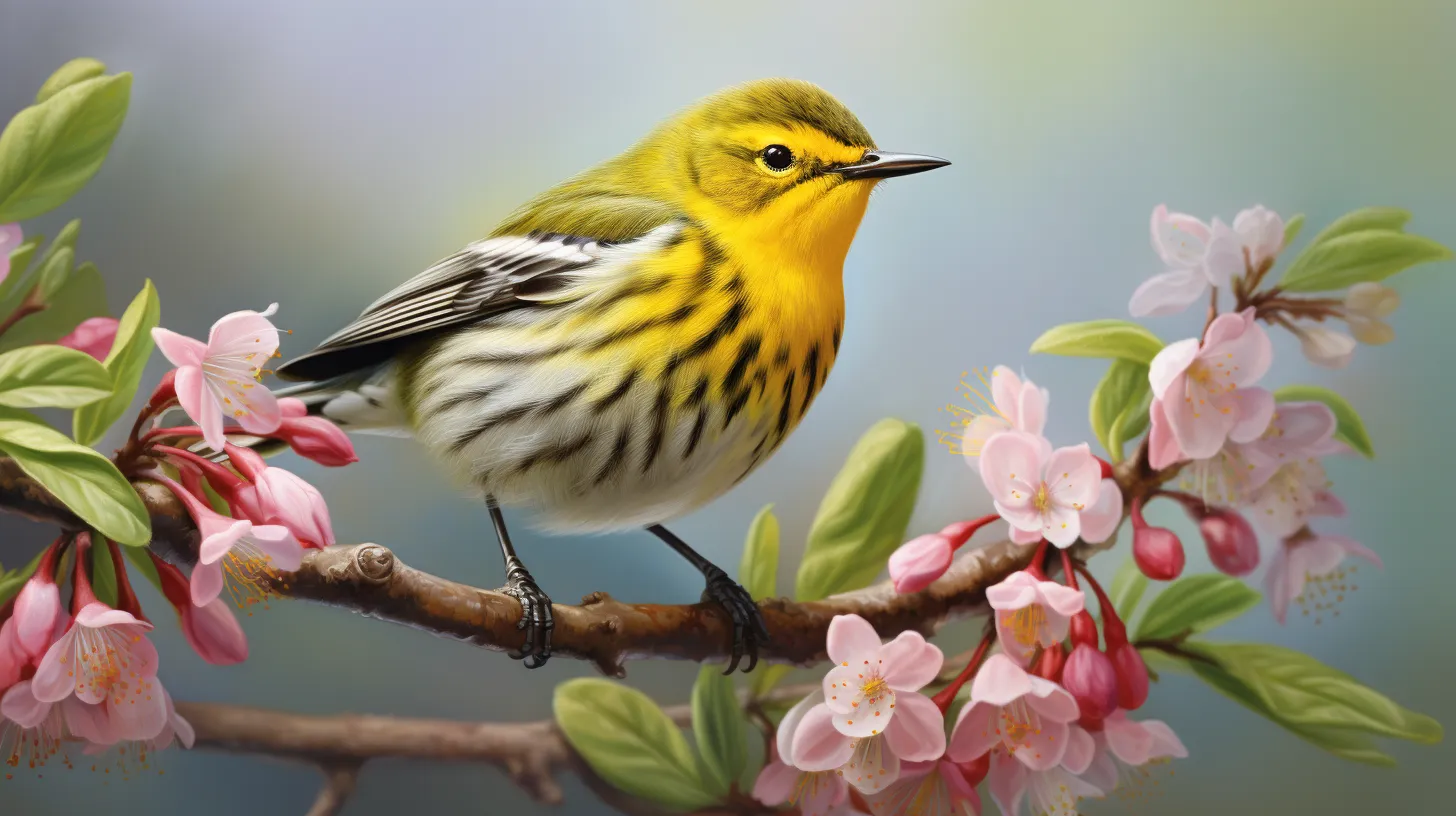
Found in forest-like habitats in Haiti, the Ti Tchit Kou Jòn, or Cape May Warbler, is a migrating bird common to the Antilles.
-
Distinctive Migration Patterns: These warblers migrate from their breeding grounds in North America to their wintering grounds in the Caribbean, including Haiti. Their long-distance journeys make them an intriguing species for bird enthusiasts.
-
Habitat Conservation: Due to the Cape May Warbler’s reliance on forest-like habitats, habitat conservation plays a crucial role in their survival. Deforestation and habitat degradation in Haiti threaten the availability of suitable habitats for these birds, making conservation efforts essential for their continued existence.
-
Insectivorous Behavior: This species primarily hunts insects, making it a valuable contributor to natural pest control in its habitat.
-
Vibrant Plumage: The adult male Cape May Warbler displays a richer yellow color on the neck, while females lack vivid yellow, appearing more often yellowish-green.
These fascinating birds serve as a reminder of the importance of preserving diverse habitats for migratory species.
Kat-je Tét Nwa / Black-crowned Palm Tanager

An analysis of the ecological role of the Black-crowned Palm Tanager in Haitian habitats reveals its significance in maintaining biodiversity.
As a common endemic bird in Haiti, the Black-crowned Palm Tanager plays a vital role in seed dispersal and insect control, contributing to the overall health of the ecosystem.
However, the population of this bird species is under threat due to habitat destruction caused by deforestation.
Efforts to conserve its habitat are crucial to ensuring the survival of the Black-crowned Palm Tanager and maintaining the ecological balance in Haiti.
Ti Kit Fal Jòn / Yellow Throated Warbler

Endemic to Haiti, the Yellow-Throated Warbler is often observed foraging for insects and sipping nectar in the pine forests.
- Unique Migration Patterns:
- Migrates from Hispaniola to northern South America during the winter.
-
Significant population decline due to habitat loss during migration.
-
Ecological Role:
- Vital in controlling insect populations in pine forests.
- Pollinates flowers while foraging for nectar, aiding in forest regeneration.
The Yellow Throated Warbler’s migration pattern is crucial for its population’s survival, but habitat destruction poses a significant threat. Additionally, its foraging behavior aids in maintaining the delicate balance of Haiti’s pine forests.
Protecting these habitats is essential to ensuring the continued existence of this vibrant bird species.
Kolibri Mòn / Narrow-billed Tody
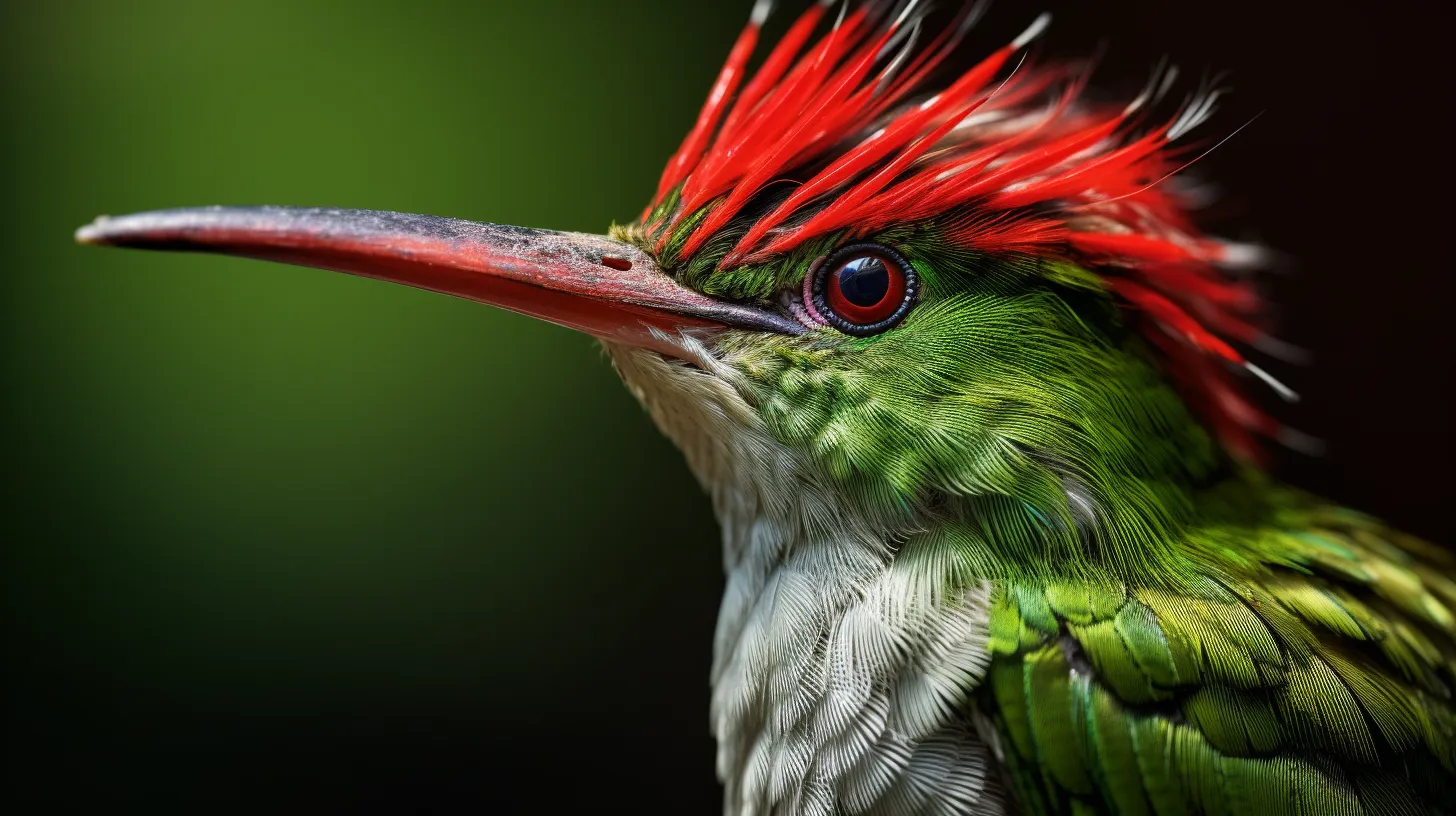
The Narrow-billed Tody, Kolibri Mòn, is a vibrant and potentially endangered bird species native to Haiti with a distinct ecological role and cultural significance. Efforts are underway to conserve this species as it faces extinction due to habitat loss.
Conservation initiatives focus on protecting its natural habitat in higher, wetter woodlands, such as forested mountains and coffee plantations. Unique nesting habits of the narrow-billed tody include building nests in earth banks or cavities, where they lay their eggs.
These conservation efforts are crucial for the survival of the narrow-billed tody and are an integral part of preserving Haiti’s rich avian biodiversity. By understanding and supporting the conservation of this species, we can ensure that future generations can also appreciate the beauty and significance of the Kolibri Mòn.
Kanson Wouj / Hispaniolan Trogon
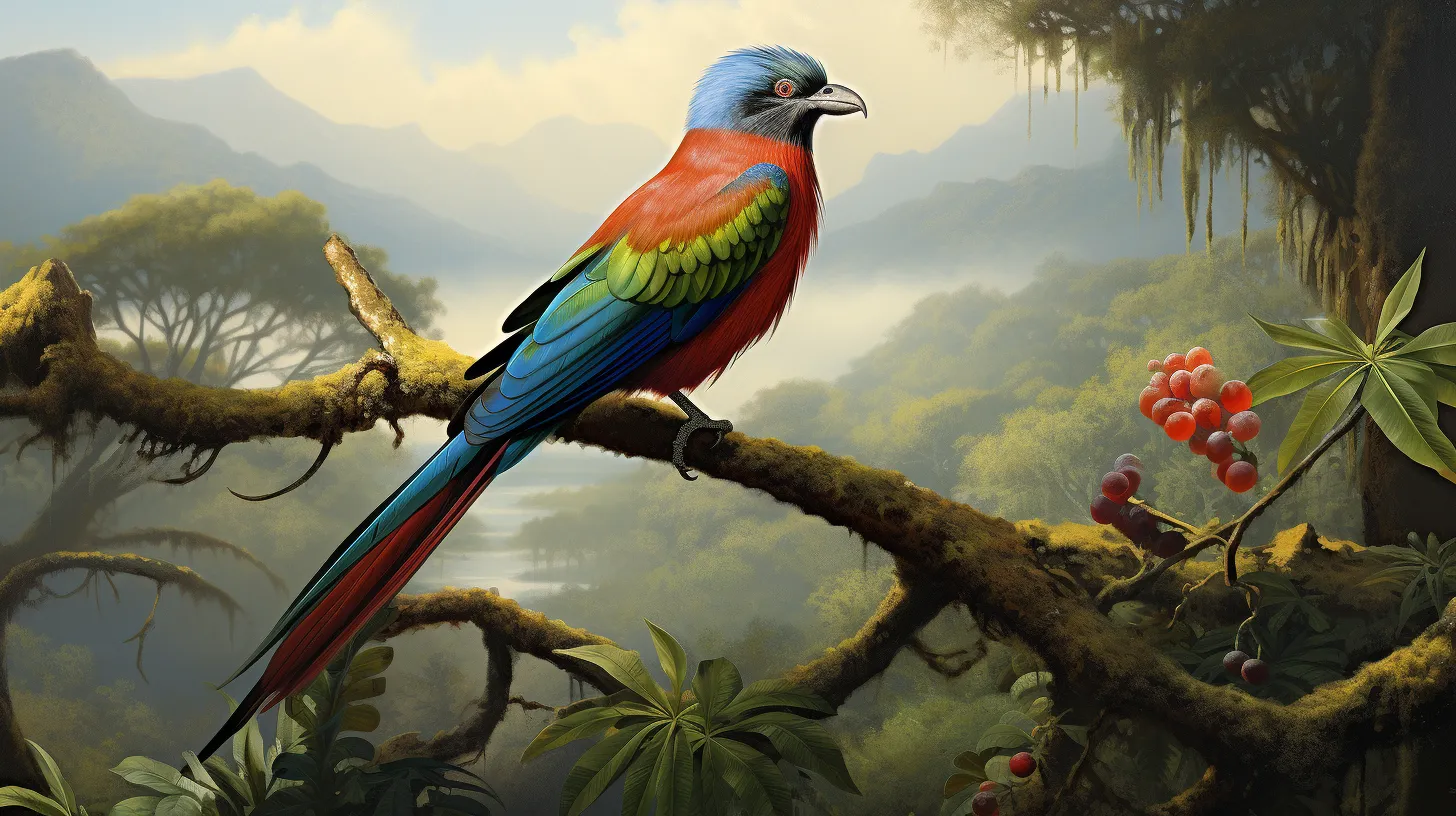
Kanson Wouj, or the Hispaniolan Trogon, inhabits the vibrant mountains and occasionally the mangrove swamps of Haiti, displaying colorful plumage and distinctive features.
- Unique among trogons with its red belly and contrasting orange eyes
- Known for its stunning emerald back and black head
- One of only two trogon species found in the Caribbean
- Named after its red belly
Habitat loss has a significant impact on the population of narrow-billed todies, potentially endangering their existence.
The trogon’s presence in Haiti reflects the country’s rich biodiversity, making it a symbol of national pride and an important conservation focus. As a result, efforts to preserve and restore their natural habitat are crucial in ensuring the survival of this captivating species.



